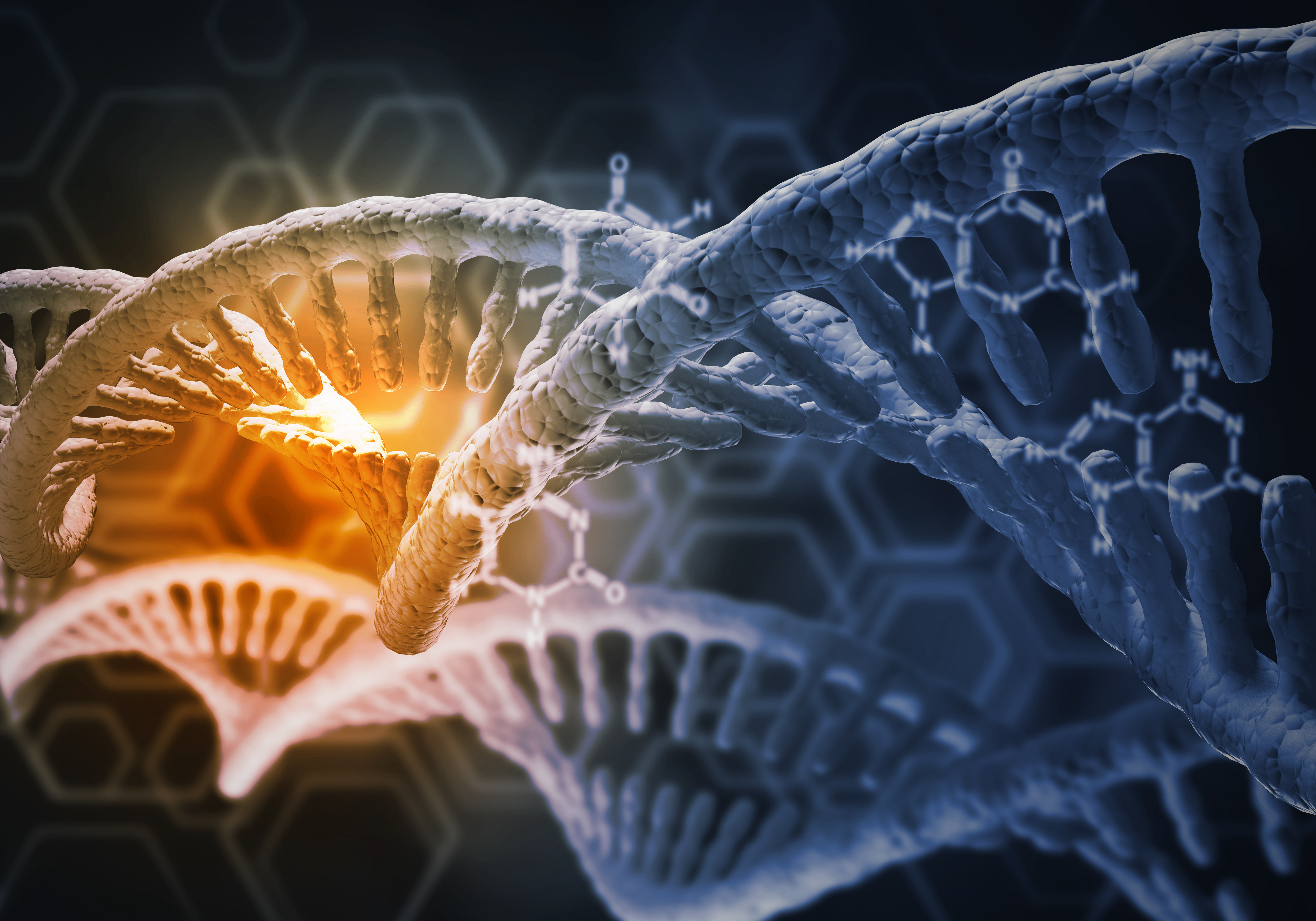Genomic Database Screening Can Help Find People with Rare Diseases

Screening genomic databases for disease-causing mutations could help identify people with possible aromatic l-amino acid decarboxylase (AADC) deficiency or other rare diseases, a study suggests.
The findings were shared in a poster (no. 087), “Identification of individuals with likely AADC deficiency based on DDC variation in the Genomics England (GEL) 100k Genomes Project dataset,” which was presented at the British Paediatric Neurology Association Annual Meeting, held virtually earlier this month.
AADC deficiency is caused by mutations in the DDC gene. Researchers in the U.K. searched for AADC deficiency-causing mutations in this gene in the Genomics England 100,000 Genomes Project, which has sequenced the genomes of tens of thousands of people in the U.K.
“We are extremely grateful to all participants who generously donated their genomic data for research,” Loukas Moutsianas, PhD, head of bioinformatics research services at Genomics England, said in a press release. “Now we can tell each of them that they are actively helping to improve the way we understand human disease and therefore healthcare outcomes.”
In the study, the researchers identified less than five individuals who were homozygous for the DDC mutation c.749C>T, which is a known cause of AADC deficiency. Being homozygous means that both copies of the DDC gene (one inherited from each parent) had the same mutation.
These individuals had been enrolled in the genomics database due to early-onset dystonia (uncontrollable muscle contractions), which is consistent with AADC deficiency, according to the researchers.
The investigators also found 12 individuals who were homozygous for another DDC mutation, c.629C>T. This mutation had previously been reported in one person with AADC deficiency; however, further analyses indicated that this mutation is benign (not a cause of disease).
Fewer than five people were identified with potentially disease-causing heterozygous mutations (meaning there was a mutation in only one copy of the DDC gene). One of the listed reasons for their enrollment in the genomics project was intellectual disability, which is a clinical feature of AADC deficiency.
“Further diagnostic workup will be required in this group,” the researchers wrote.
“Screening for pathogenic [disease-causing] variants in the Genomics England dataset, with subsequent [confirmation of the disease based on clinical features] is a potentially useful tool to identify patients with rare disease,” they added.
Consented genomes from the 100,000 Genomes Project were recently added to the National Genomic Research Library (NGRL), which now holds the data of more than 110,000 clinically linked genomes from more than 97,000 participants. The NGRL is a collaboration between NHS England and Genomics England.
“We are delighted to have made available a very large aggregate of whole genome sequence data from our participants, and we expect it will be useful for many downstream discovery analyses,” Moutsianas said.





